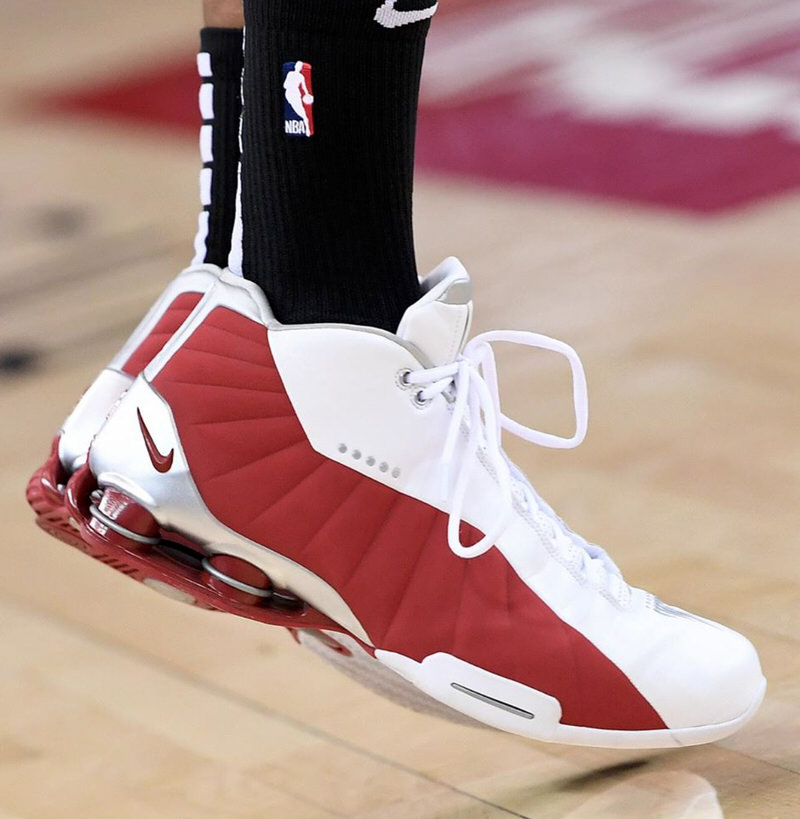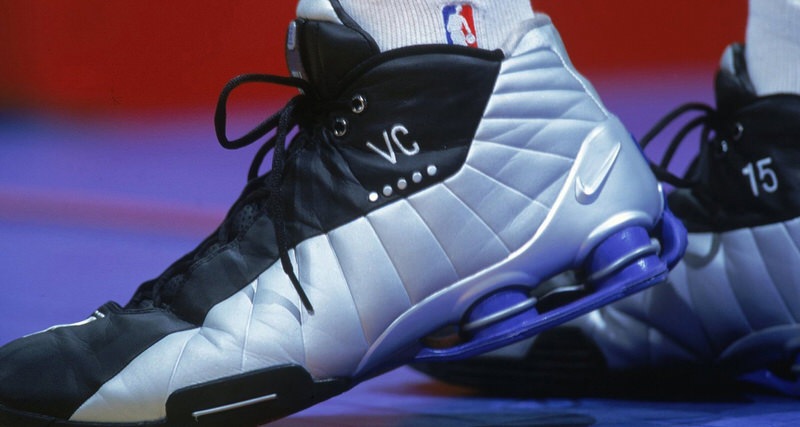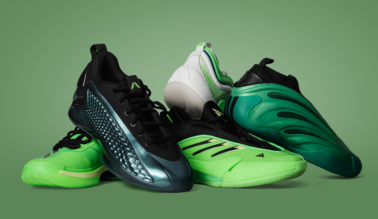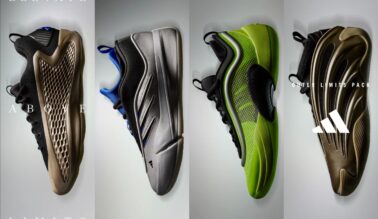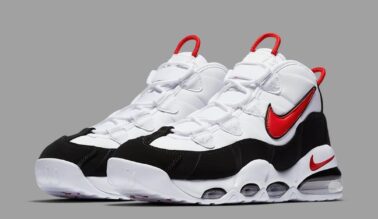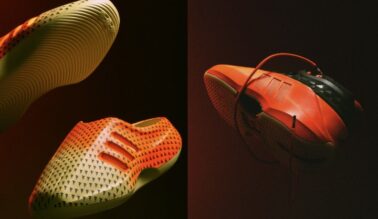This post may contain affiliate links. Please read our disclosure policy.
words by Robbie Falchi
With a perpetual drive to always innovate, Nike never shies away from experimenting on their cushioning systems to deliver the best products for athletes.
Enter Shox, the Swoosh’s futuristic follow up to their signature Air technology sixteen years in the making.
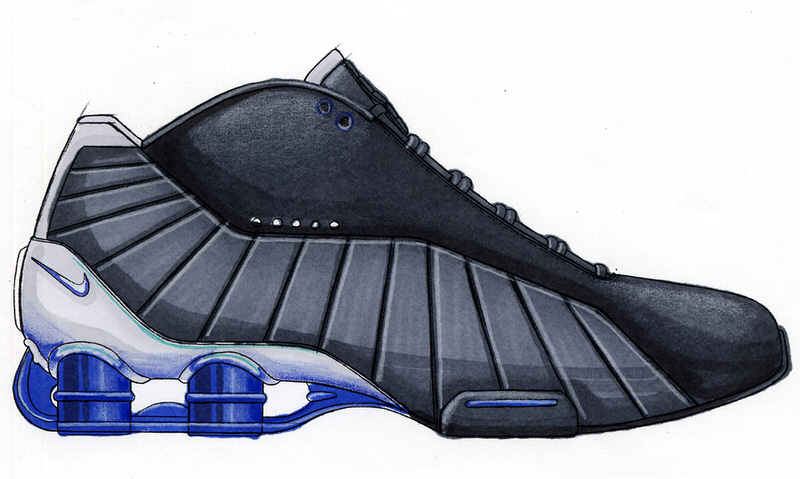
In 1984, Air Force 1 designer Bruce Kilgore first began experimenting with the principles of energy return and mechanical cushioning. By 1997, countless rounds of trial and error finally resulted in what we now know as Shox, culminating in the 2000 Summer Olympic Games unveiling of Nike’s latest creation on the heels (pun intended) of the Nike R4 (R = Running; 4 = Number of Shox Columns).
“Shox has always excelled in facilitating forward horizontal movement and softening landings more than launching people off the ground.”
The R4 turned heads and moved units but the highlight of Shox’s debut in 2000 was provided by Vince Carter and the basketball iteration of Nike’s new tech: the Shox BB4 (BB = Basketball; 4 = Number of Shox Columns). Carter’s dunk on — over? both? — France’s 7’2 Fredrick Weis needs little explanation, so instead lets dive into what makes the BB4 and Shox special.
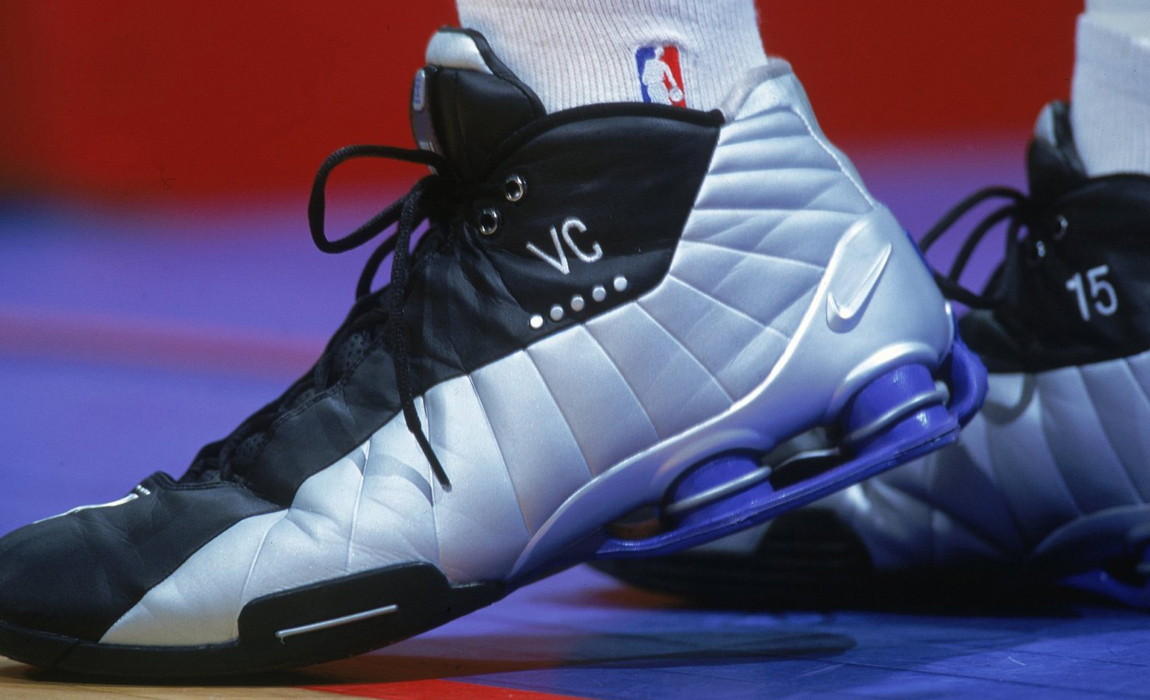
Looks can be deceiving and Shox at a glance appears very simple – they’re like shock absorbtion springs for your feet. However, there’s much more going on behind the scenes.
For starters, Shox’s composition has two components: TPU plastic and foam. A TPU plate at the heel portion of the midsole and a plate above the outsole act as stabilizers for columned foam pucks. These ‘pucks’ use variant density foams to absorb and move energy – which creates bounce and forward propulsion.
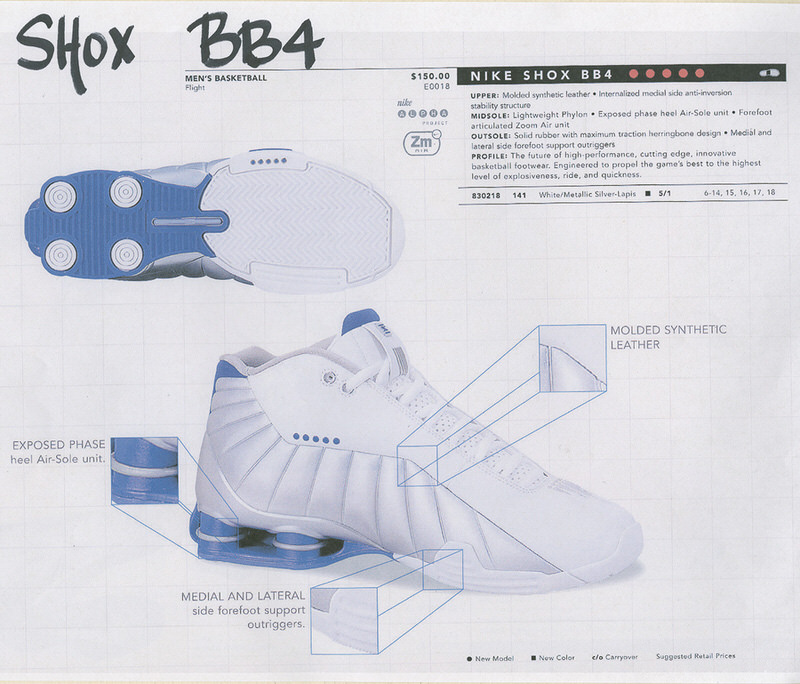
The four pucks produce stability and responsiveness that in theory provide a spring-like effect. During each foot-strike — heel-strike to be exact — the Shox pucks, or rather columns, collapse towards the center of the plastic plate as opposed to traditional cushioning when the energy escapes through the sides of the heel. Each heel unit of four Shox columns has an indention at the center aiding this process through.
Many assume Shox would literally act like springs, pushing wearers forward like a Looney Tunes cartoon because of Nike’s genius “Boing” marketing campaign.
In reality, Shox has always excelled in facilitating forward horizontal movement and softening landings more than launching people off the ground.
This perception came directly from the basketball applications of Shox and to a more specific degree the BB4.
Eric Avar (Godfather of the Kobe line and countless other hit Nike kicks) designed the BB4 with the same vibe of futurism and use of hard lines that embodied Shox. Take a long glance and you’ll see that from a looks standpoint the dynamic upper and Shox cushioning tech blended flawlessly.
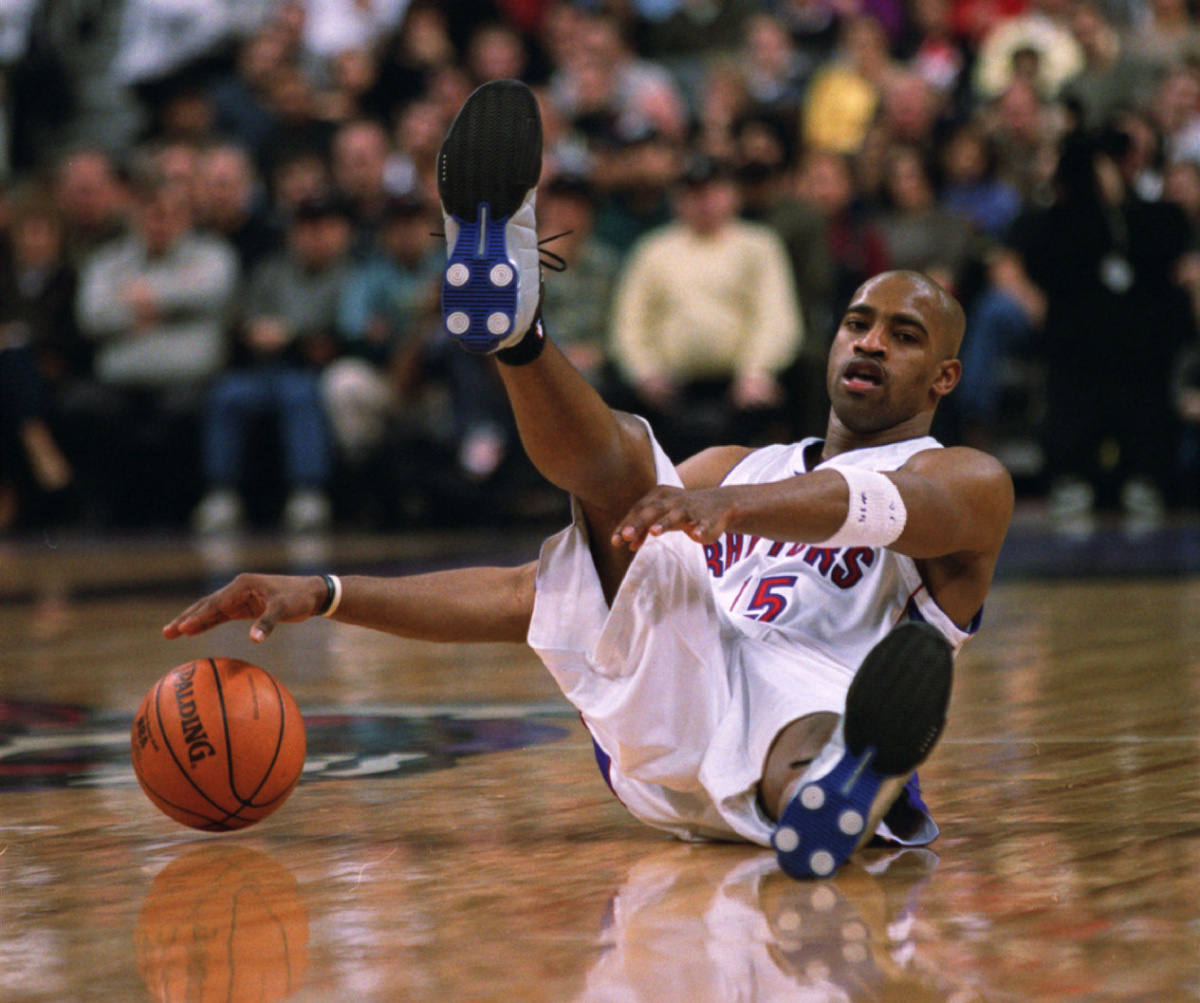
It’s a bit of as stretch to say the BB4 spearheaded Nike’s aesthetic shift at the turn of the century, but they surely were a driving force. After a super successful pairing between the BB4s and Carter throughout the ’00 Summer Games following NBA season, Nike made Shox the cornerstone of Vince’s signature line.
The BB4 is to Vince Carter line as the Air Flight One is to Penny Hardaway, placing said shoe in an elite group of non-signature models directly tied to a specific athlete. With each installment of the VC line, the Shox apparatuses literally grew in length to eventually encompass the entire midsole in what was dubbed Full-Length Shox.
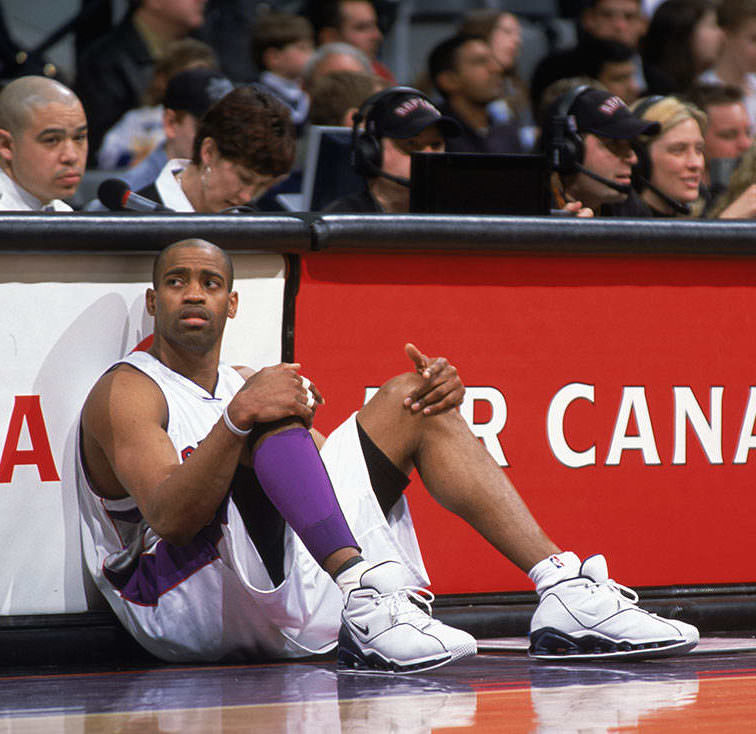
We’re nearly twenty years removed from Nike’s debut of the Shox BB4’s but its principles of creativity, ingenuity and determination continue to impact the industry today.
Like we mentioned earlier this week, pay attention to Vincent Lamar Carter’s footwork for the remainder of the season because he’ll be rockin’ the hoops shoe that started it all – the Shox BB4.
Salute, Vince.
